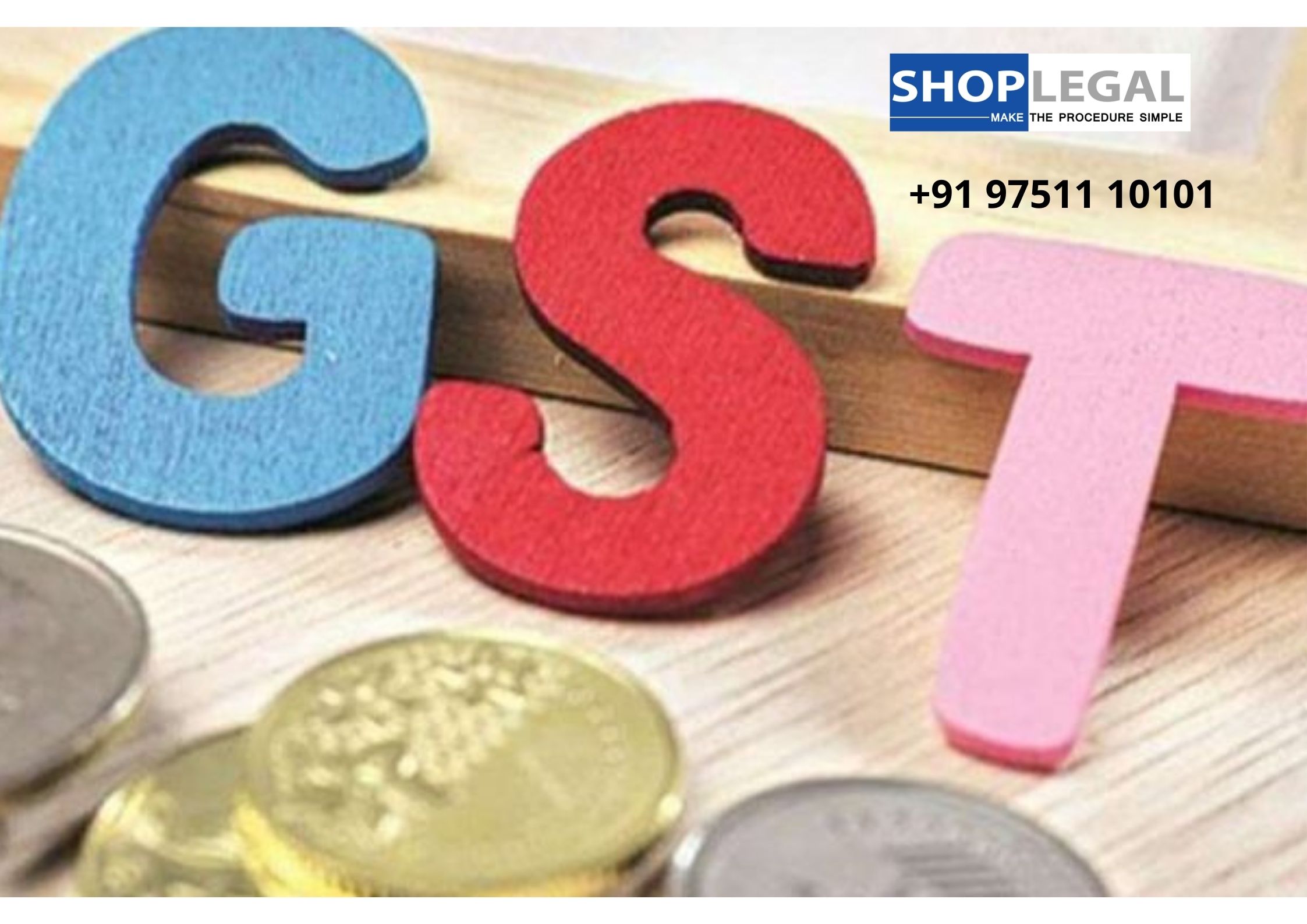GST registration threshold limits increased
GST registration threshold limits increased
The GST Council, on considering the solicitations raised by MSME, extended quite far for GST registration. These movements were proposed in the 32nd GST Council meeting held tight 10th January 2019. It was accordingly advised by the CBIC. It assists with facilitating under GST.
The states have a choice to pick a higher cut-off or go on with as far as possible. This article clarifies the prior edge limits, new restricts, their successful date of materialness and the people to whom it applies.
Note 1: Two bumpy states J&K and Assam have additionally selected to raise the cutoff to Rs.40 lakh. These two states had the choice to stay under lower edge limits as they fall under the Special Category States. Indeed, even beforehand when these two states had the choice to charge GST just on total turnover surpassing Rs.10 lakh, they had decided on a higher edge cut-off of Rs.20 lakh.
Note 2: Kerala can now energize ‘disaster cess’ to 1% on all intra-state supply of labor and products to adapt up to normal catastrophes looked by the state a year ago.
Financial Year to figure the total turnover
Total turnover for the current financial year (for example, in the above case, FY 2019-2020) is considered for relevance of new edge limits. Each provider whose total turnover in the current financial year surpasses as far as possible should get enrolled under GST. Be that as it may, certain class of people are required to mandatorily get enlisted under GST:
- Interstate providers
- Casual Taxable people
- People available under the reverse charge basis
- Non-resident available people
- People need to deduct TDS under GST
- People required to deduct TCS under GST
- Input Service Distributors
- People making a deal for the benefit of another person whether as an Agent or Principal.
- Each e-commerce operator giving a stage to providers to make supply through it.
- Suppliers who supply products through internet business administrators who are at risk to gather charge at source.
- Online Service Providers offering support from outside India to a non-enrolled individual in India.
Changes in as far as possible to select into the Composition Scheme
Changes in the creation conspire: The edge of yearly turnover for arrangement plot was expanded to Rs.1.5 crore from first April 2019. The citizens enrolled under the plan need to pay charge quarterly and document returns every year from first April 2019. The cut-off stays unaltered at Rs.75 lakh for North Eastern states and Uttarakhand. The cut-off likewise applies to cafés (not serving cocktails).
Arrangement plot was made accessible to specialist organizations: New plan presents a decent assessment pace of 6% with 3% CGST and 3% SGST. Free specialist co-ops, as well as blended providers of labor and products in with a yearly turnover of up to Rs.50 lakh in the previous financial year can choose this plan.
Input Tax credit
Input credit implies at the hour of paying assessment on yield, you can decrease the duty you have effectively paid on sources of info and pay the equilibrium sum.
This is how it’s done:
At the point when you purchase an item/administration from an enlisted seller you pay charges on the buy. On selling, you gather the duty. You change the duties paid at the hour of procurement with how much result (charge on deals) and equilibrium risk of duty (charge on deals less assessment on buy) must be paid to the public authority. This system is called usage of input tax credit.
For instance you are a producer: a. Charge payable on yield (FINAL PRODUCT) is Rs 450 b. Charge paid on input (PURCHASES) is Rs 300 c. You can guarantee INPUT CREDIT of Rs 300 and you just need to store Rs 150 in charges.
What can be claimed as ITC?
ITC can be guaranteed uniquely for business purposes. ITC won’t be accessible for labor and products solely utilized for: a. Individual use b. Absolved supplies c. Supplies where ITC is explicitly not accessible.

How to claim ITC?
All standard citizens should report how much information charge credit (ITC) in their month to month GST returns of Form GSTR-3B. The table 4 requires the outline figure of qualified ITC, Ineligible ITC and ITC turned around during the assessment time frame.
The arrangement of the Table 4 is given underneath: A citizen can guarantee ITC on a temporary premise in the GSTR-3B to a degree of 20% of the qualified ITC detailed by providers in the auto-produced GSTR-2A return. Thus, a citizen should cross-check the GSTR-2A figure prior to continuing to record GSTR-3B.
A citizen might have guaranteed any measure of temporary ITC until 9 October 2019. Yet, the CBIC has advised that from 9 October 2019, a citizen can guarantee not over 20% of the qualified ITC accessible in the GSTR-2A as temporary ITC. This implies that how much ITC announced in the GSTR-3B from 9 October 2019 will be the absolute of the real ITC in GSTR-2A and the temporary ITC being 20% of the genuine qualified ITC in the GSTR-2A. Subsequently, coordinating of the buy register or cost record with the GSTR-2A becomes vital.
Reversal of input tax credit
ITC can be benefited just on labor and products for business purposes. Assuming that they are utilized for non-business (individual) purposes, or for making excluded supplies ITC can’t be guaranteed . Aside from these, there are sure different circumstances where ITC will be turned around.
ITC will be turned around in the accompanying cases-
- Non-payment of solicitations in 180 days-
ITC will be turned around for solicitations which were not paid inside 180 days of issue.
- Credit note gave to ISD by dealer
This is for ISD. In the event that a credit note was given by the dealer to the HO, the ITC hence diminished will be turned around.
- Inputs halfway for business reason and incompletely for excluded supplies or for individual use –
This is for organizations which use inputs for both business and non-business (individual) reason. ITC utilized in the part of information products/administrations utilized for the individual reason should be switched proportionately.
- Capital merchandise mostly for business and incompletely for excluded supplies or for individual use –
This is like above with the exception of that it concerns capital products.
- ITC turned around is not exactly needed
This is determined after the yearly return is outfitted. On the off chance that all out ITC on contributions of absolved/non-business object is more than the ITC really switched during the year then the distinction sum will be added to yield responsibility. Interest will be relevant.
The details of inversion of ITC will be outfitted in GSTR-3B. To figure out additional with regards to the isolation of ITC into business and individual use and ensuing estimations, if it’s not too much trouble, visit our blog.
Reconciliation of ITC
ITC guaranteed by the individual needs to coordinate with the details indicated by his provider in his GST return. If there should arise an occurrence of any mismatch, the provider and beneficiary would be imparted with respect to disparities after the filling of GSTR-3B.






